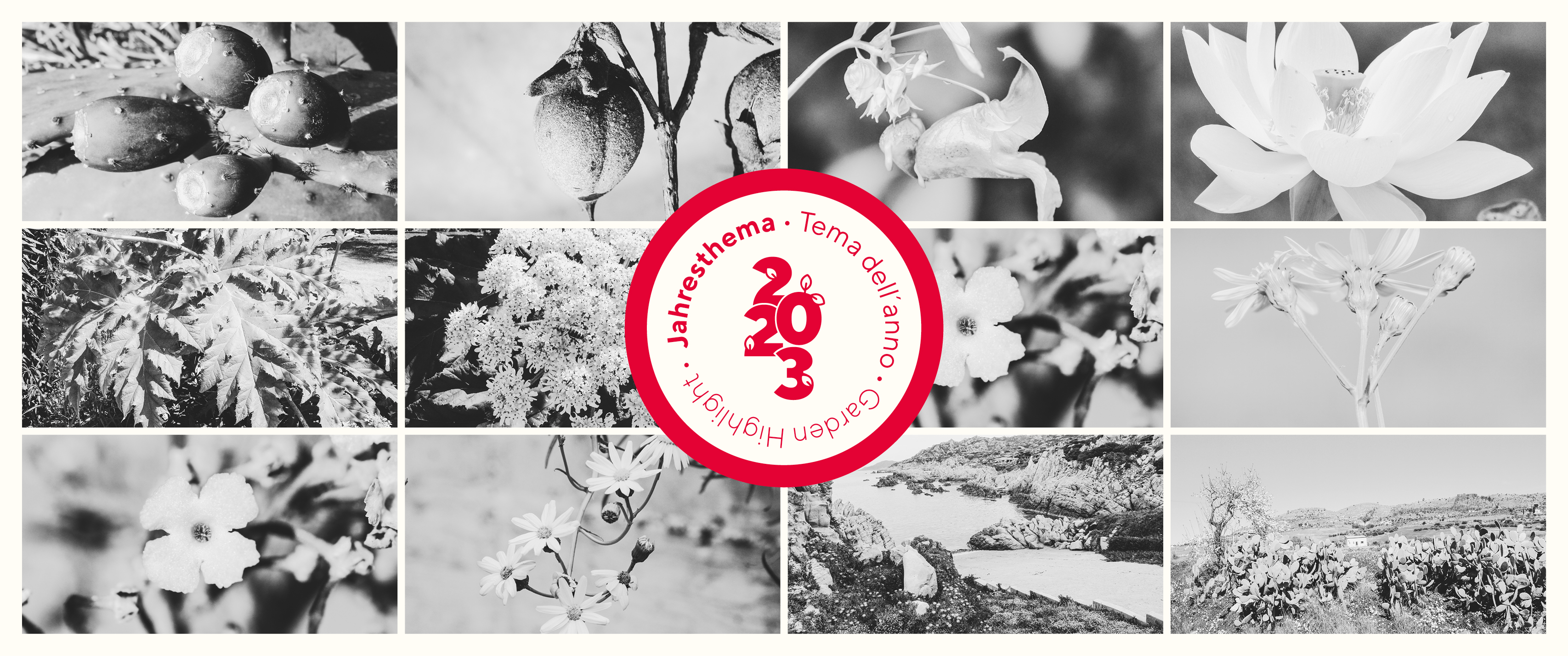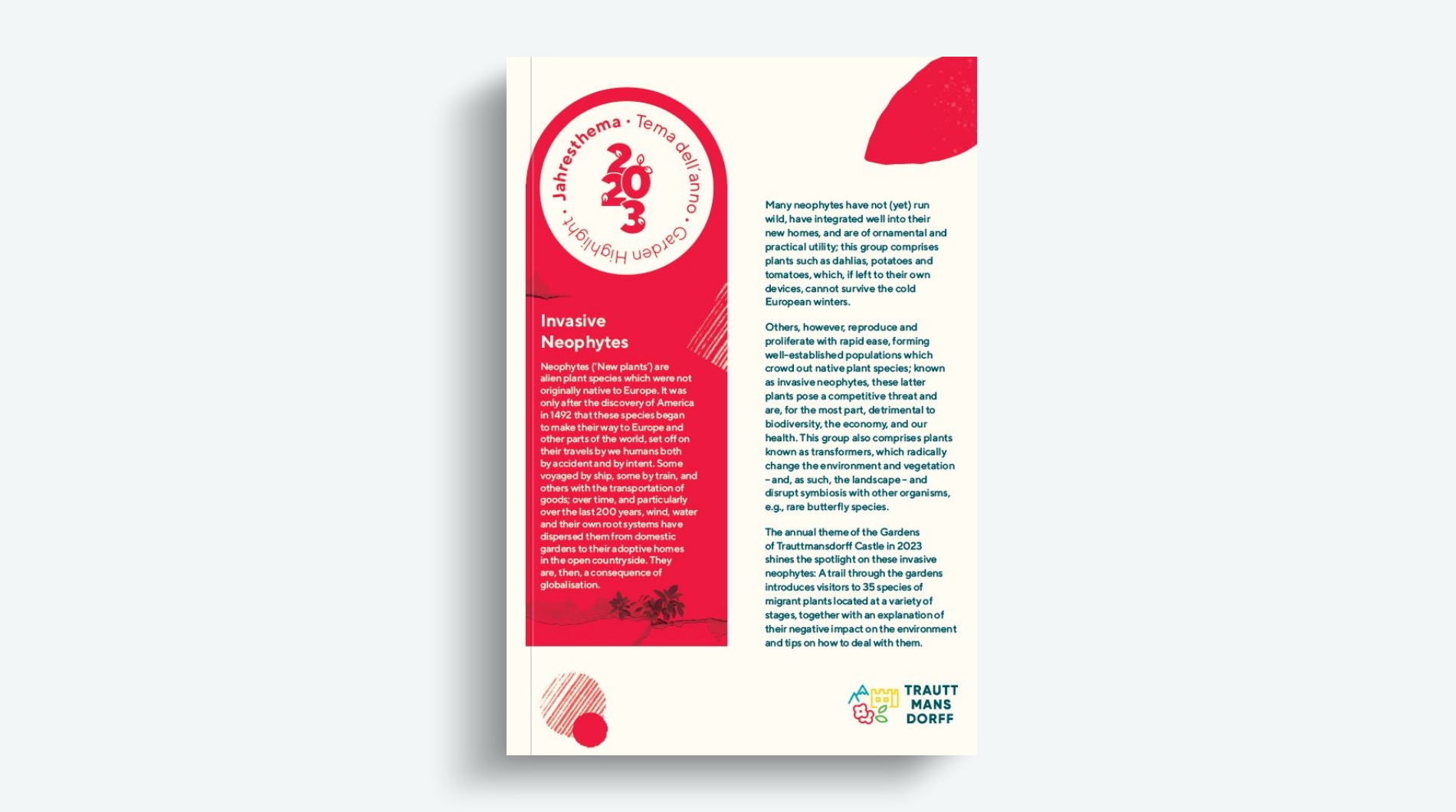Invasive Neophytes
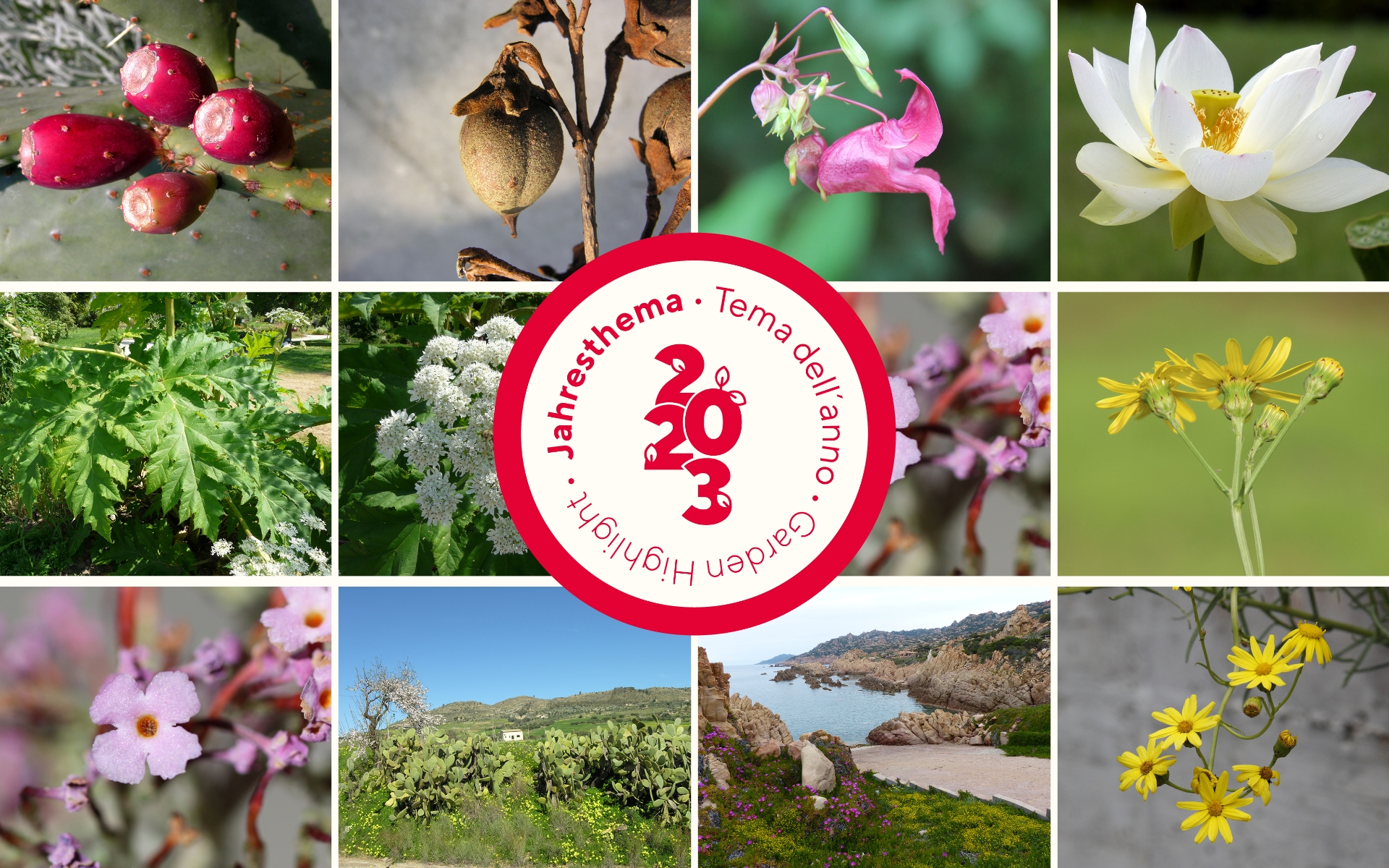
01/04/2023
Neophytes (‘New plants’) are
alien plant species which were not
originally native to Europe. It was
only after the discovery of America
in 1492 that these species began
to make their way to Europe and
other parts of the world, set off on
their travels by we humans both
by accident and by intent.
Some
voyaged by ship, some by train, and
others with the transportation of
goods; over time, and particularly
over the last 200 years, wind, water
and their own root systems have
dispersed them from domestic
gardens to their adoptive homes
in the open countryside. They
are, then, a consequence of
globalisation.
Many neophytes have not (yet) run
wild, have integrated well into their
new homes, and are of ornamental and
practical utility; this group comprises
plants such as dahlias, potatoes and
tomatoes, which, if left to their own
devices, cannot survive the cold
European winters.
Others, however, reproduce and
proliferate with rapid ease, forming
well-established populations which
crowd out native plant species; known
as invasive neophytes, these latter
plants pose a competitive threat and
are, for the most part, detrimental to
biodiversity, the economy, and our
health. This group also comprises plants
known as transformers, which radically
change the environment and vegetation
– and, as such, the landscape – and
disrupt symbiosis with other organisms,
e.g., rare butterfly species.
The annual theme of the Gardens
of Trauttmansdorff Castle in 2023
shined the spotlight on these invasive
neophytes: A trail through the gardens
introduced visitors to 35 species of
migrant plants located at a variety of
stages, together with an explanation of
their negative impact on the environment
and tips on how to deal with them.
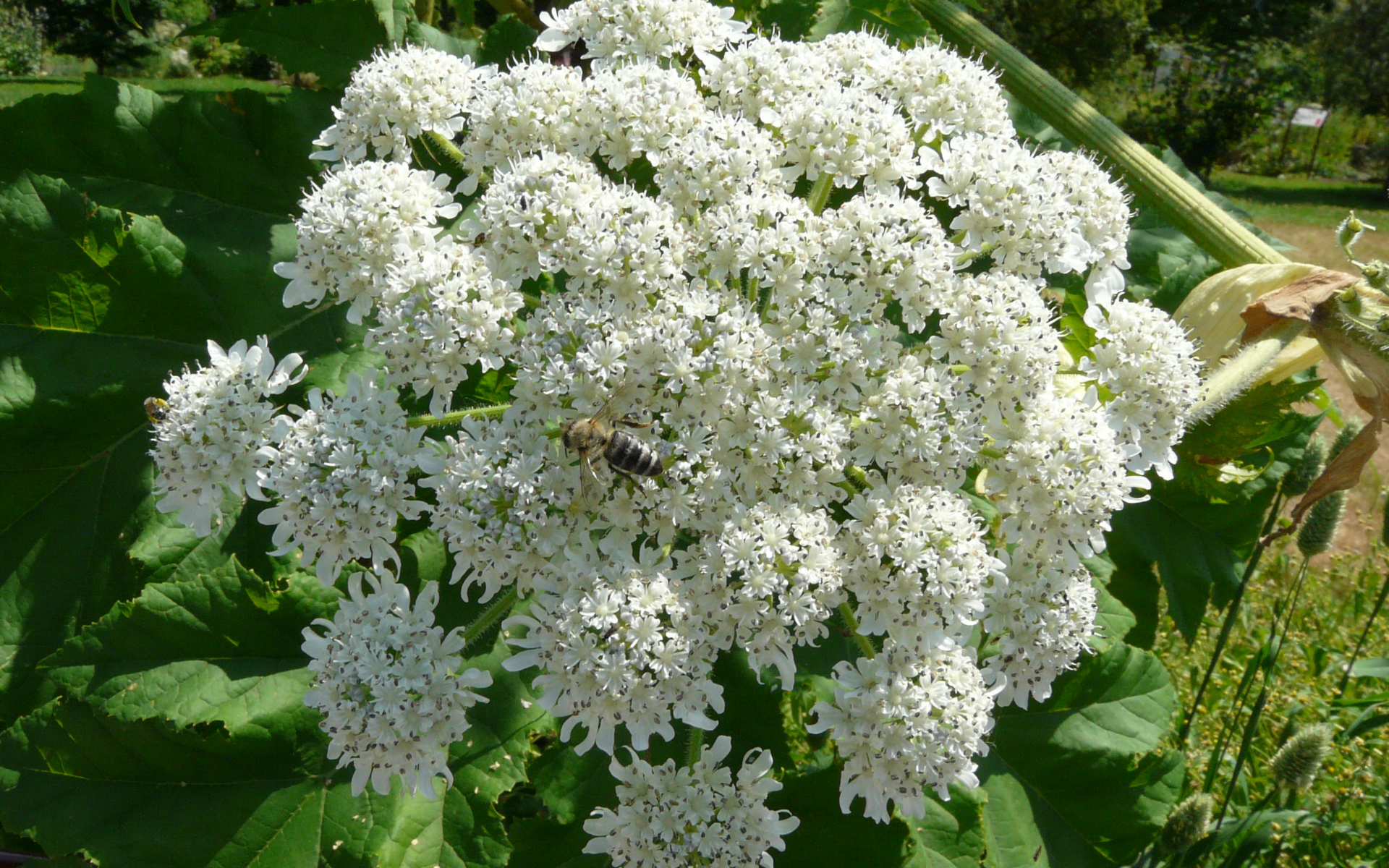
Whether they have been introduced
intentionally or by accident, one thing is
for sure: Once they’re here, it’s hard to
get rid of them. One prime example can
be seen in the poisonous giant hogweed:
Skin contact with this plant followed by
exposure to sunlight causes severe burns
in humans.
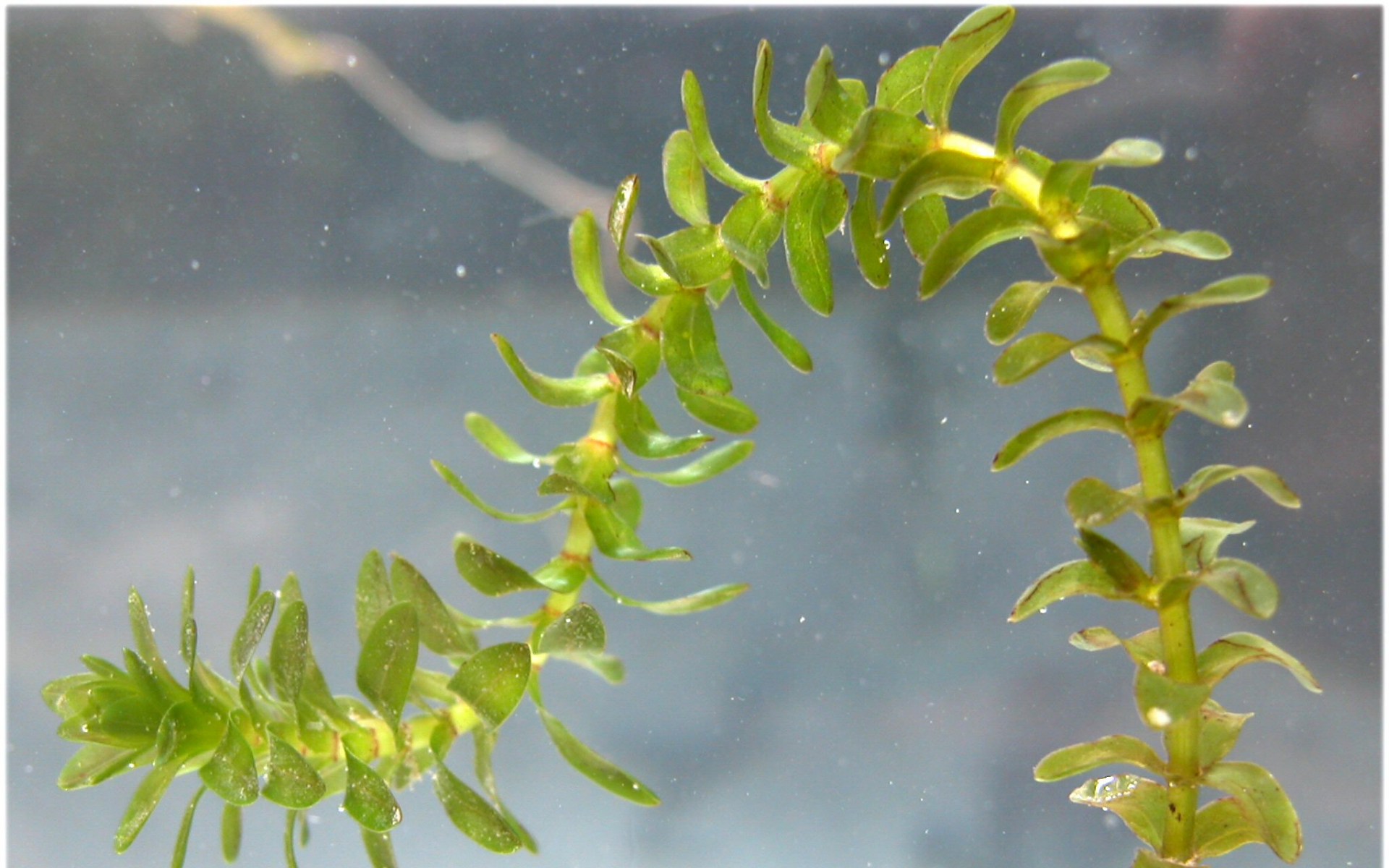
Other uninvited guests which have made
their home in many bodies of water are
the Canadian and Nuttall’s waterweed,
which occupy waters to the extent that
lake swimming is all but impossible.
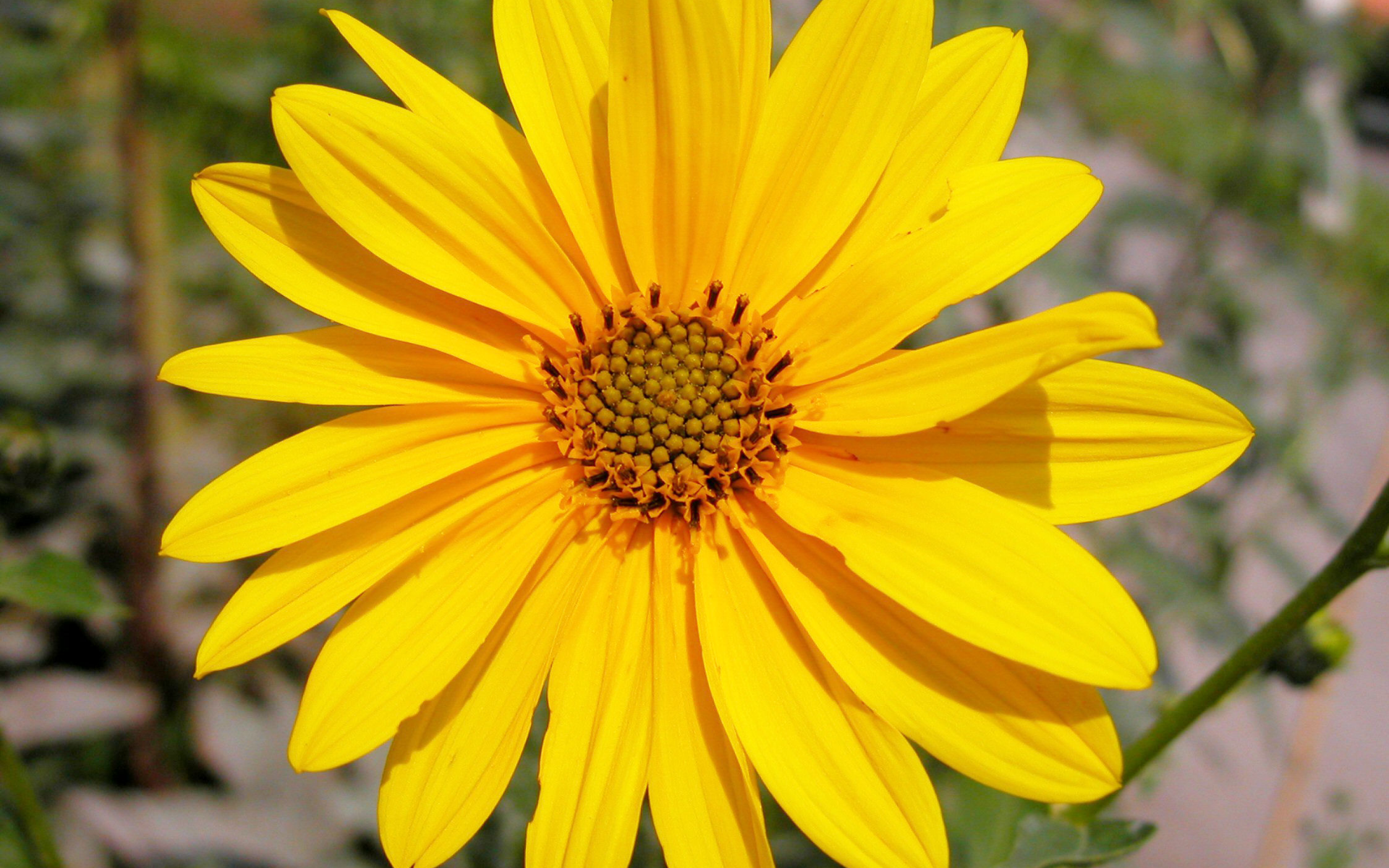
One particular invasive neophyte soared
to fame in the haute cuisine of 17th
century Paris: The Jerusalem artichoke.
The inulin-rich tubers of this plant were
used in pre-Columbian times, and it
later went on to become a staple of
the French Court. Considered a great
delicacy, the Jerusalem artichoke was
cultivated throughout Europe for many
long years until it was ousted by the
potato; relegated to providing fodder for
domestic and wild animals, its route to
the wilderness was unimpeded.
The neophyte problem is exacerbated
by climate change, which will make it
considerably easier for numerous heatloving
Mediterranean or subtropical ‘new
plants’ to spread their roots.
It is of the utmost importance to be
cautious of which ‘new plants,’ we bring
into our gardens. In some cases, it is best
to steer clear of them altogether, while
others are actively subject to an EU-wide
ban. The Gardens of Trauttmansdorff
Castle, therefore, are committed to
promoting awareness of this issue, and
to encouraging a responsible approach
towards invasive neophytes.

